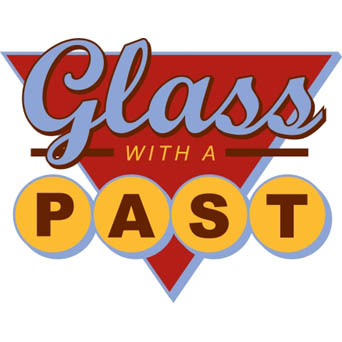Did you know you can email me with any glass fusing question, and eventually I will get back to you (I get hundreds of emails, so patience is definitely a virtue!) Maybe someone else has the same question as you, just in case, I’m sharing some of the questions I get, and the answers (I have removed all personal details for privacy reasons).
Q: I have a technical question. You know I don’t do bottles, but a friend of mine has just left me with some beautiful Grey Goose Vodka bottles and has persuaded me to try and flatten them. Do you have any advice? I thought it wouldn’t work as far as the images on the outside and inside, but she showed me images online of other successfully fused bottles, retaining the designs.
A: Grey Goose has recently changed their labeling system from enamel printed labels (that stayed on) to organic ink labels that burn off. If her bottles are old, they may work. If they are the new labels, there’s nothing you can do to keep the printing. (I’m getting emails about these bottles from all over the world, every day).
If you want to try, you can use the slump schedule on my website to make the bottles collapse and partially flatten, or the full fuse schedule to flatten them completely. There is also a post about which bottles that my other readers have had good luck keeping the printing with.
Q: Very new to glass fusion. I belong to a club where we live that has 2 kilns. I’ve been cutting the bottoms off of my bottles for a long time now and always wanted to do something with the bottoms. I love your molds for that special project! Please bear with me for some stupid questions:
Is the bottom put upside down or right side up when slumping into the mold?
Am I right to assume if I buy the molds, they must be treated with kiln was just as in any mold?
On something entirely different, I have been thinking about buying a kiln and have asked many people about theirs. I would want one EASY TO UNDERSTAND, preferably programmed by the company…..any suggestions?
A: Not a stupid question at all. It depends on the shape of the bottle bottom. If it has a very high bump, I put it bump side down so it doesn’t trap air. If the bottle bottom is relatively flat, I put it cut side up.
And yes, our molds are made using the same materials and the same technique as all the other mold companies, so should be treated the same. I use kiln wash, but you could also use Boron Nitride if you wished.
As for kilns, I don’t have a lot of faith in preprogrammed controllers. I have a Skutt kiln and it has the easiest programmer I’ve ever used. I would recommend that as a good kiln with a good programmer.

